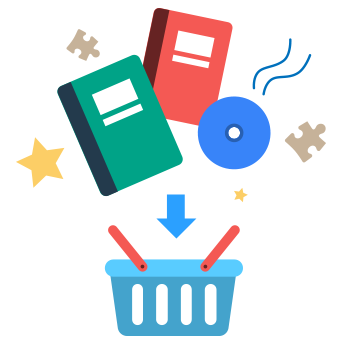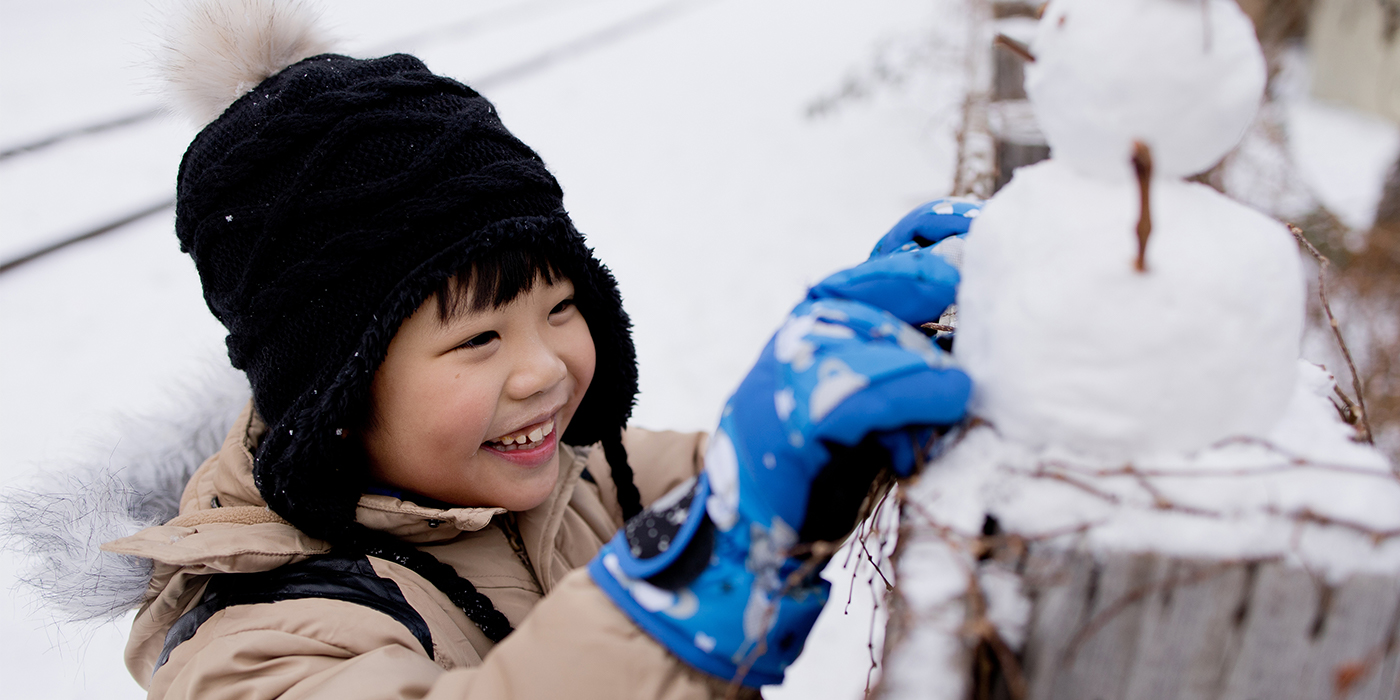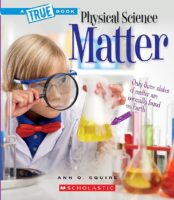After reading about the states of matter, ask your students how you could create a snowman — without any snow. Many of their suggestions may revolve around reshaping ice. Show them three balloons of various sizes and guide them toward the realization that filling the balloons with liquid and freezing them will make the three balls you need to build a snowman.
Now it’s time to experiment!
Fill balloons of three different sizes with water and place the balloons in a freezer with a plate or book on top to help make a flat surface on the balloons (for stability when stacking).
To assemble the snowman, unwrap the ice balls from the balloons and add salt, which helps the ice stick together. (Older students can learn about salt’s ability to melt ice.)
Place the snowman in a bin to collect the water as it melts. As you add the salt, you can dress and decorate the snowman with felt pieces.
Every two hours (or as the school day allows), record the snowman’s height, the water level in the bucket, and the time of each observation on the whiteboard. Students should also record what they saw. (Note: If your freezer temperatures are especially low, your snowman may survive most of the day.)
Discuss how the snowman started off as a liquid, turned solid in the freezer, but then melted back into a liquid. During each observation session, your students should practice making predictions by determining what will happen next. Most students might not guess that as the snowman melts, the head will fall off first!
After the snowman melts, have your students predict how long it will take for the leftover water to evaporate from the bucket as the liquid transforms into a gas. Another option is to put the water in a crockpot and heat it to see steam form. At the end of the experiment, you can put the snowman back in the freezer to see if he reforms. Your students will learn that liquid always takes the shape of its container.
Conclude by having your students write about the states of matter and the life cycle of a snowman.
Another fun feature of the phases of matter is how different mixtures and solutions can yield different results. Students can experience this firsthand by creating different substances from solids and liquids.
First, have students combine cornstarch and conditioner to make a simple, smelly play dough.
Discuss the properties of cornstarch and how a powder behaves more like a liquid than a solid. After students have created their mixture, they should see that they can’t undo the creation, thus learning about the permanent nature of solutions.
For the next solution, combine cornstarch and a small amount of water.
This mixture results in an unusual plasma that looks and will slowly leak and pour like a liquid. But scooping up the substance makes it behave like a solid that can be formed into a ball, cut with a knife, or broken into pieces. At rest, the goo slides back together. Voilà! Your students have created a “non-Newton liquid”, due to varying pressures of cornstarch grains.
Teacher tip: Warm water will clean most of this up, and dry cornstarch mix brushes away easily.
Once students know the basics of matter, it’s time for an experiment in crystallization!
Make snowmen shapes out of pipe cleaners and suspend them in a tub of Borax dissolved in water. A ratio of three tablespoons of Borax to one cup of water works well when mixed in a large container. Suspend the pipe cleaners in the mixture overnight, and crystals will have formed by morning. The crystals are hard and will retain their new, solid form when removed from the water. Students will be amazed to see a liquid form a solid — without using a freezer!
These phases of matter experiments will fascinate and mystify your students. Plus, when you combine meaningful, hands-on lessons with a dash of winter magic, you’ll keep your students engaged long after science lessons are over.
Shop books about winter-related science below! You can find all books and activities at The Teacher Store.




























